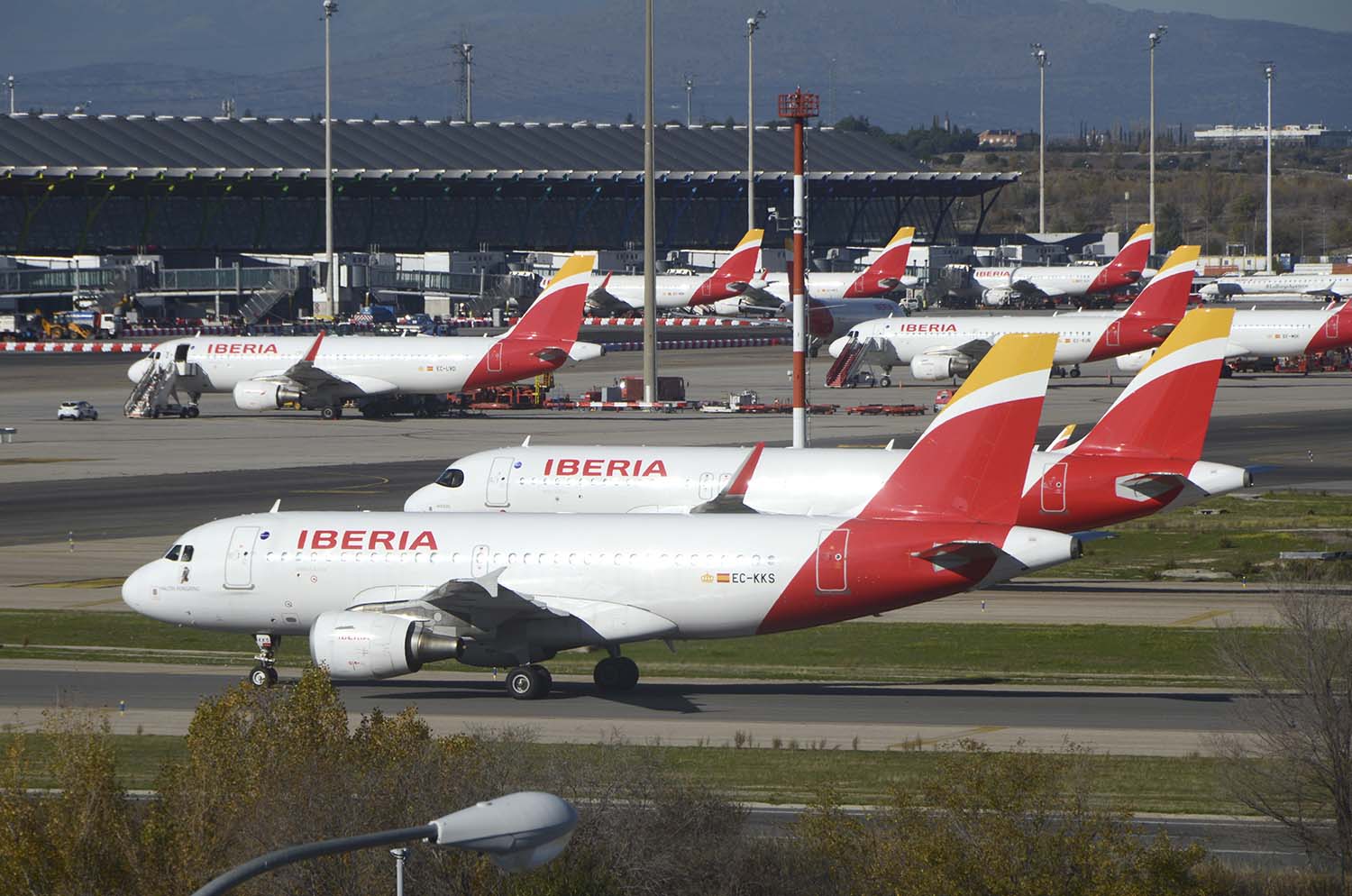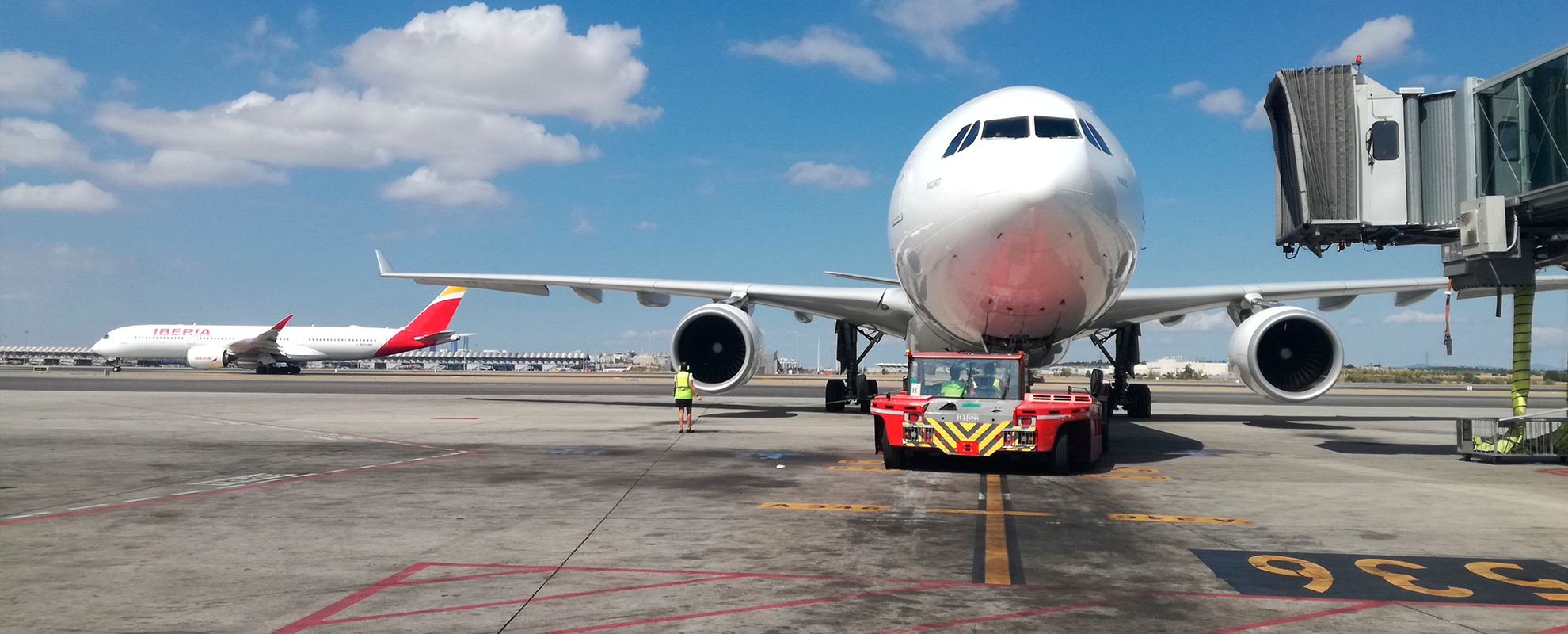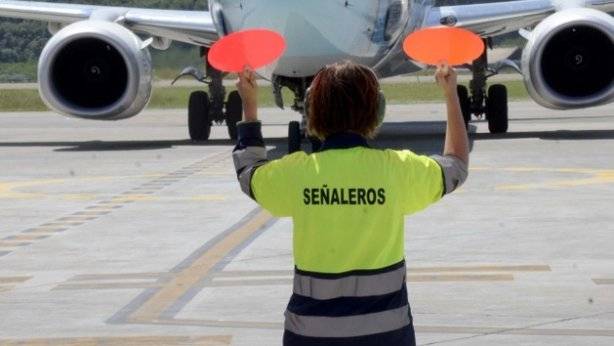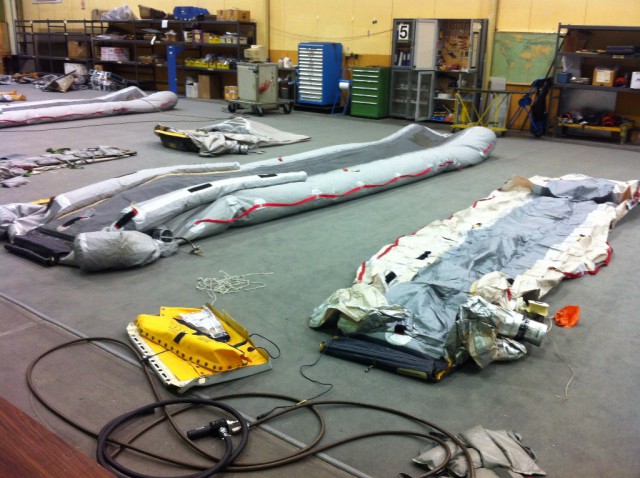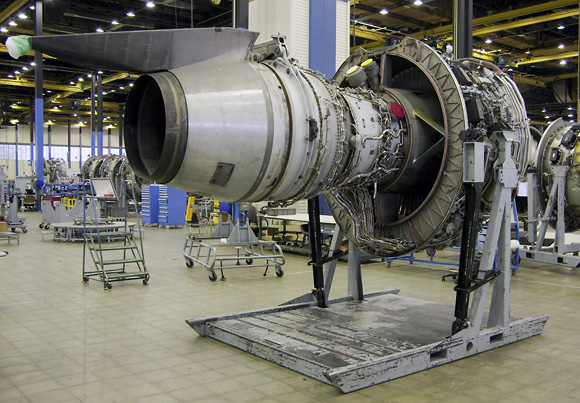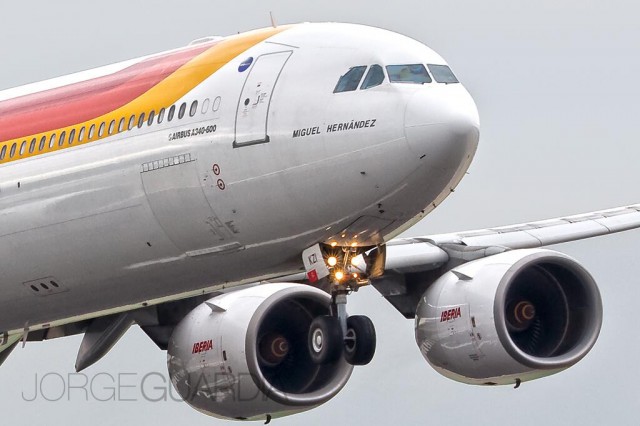The cockpits of old – with a bewildering multiplicity of levers, buttons and analogue displays – are long gone, phased out beginning in the 1980s in favour of digitised systems known as EFIS, comprising a bewildering multiplicity of liquid-crystal displays along with and joysticks and soft keys to manipulate them.
The EFIS Revolution in Aerial Navigation
This revolution was essentially threefold. First was cockpit design, of course. Second, it changed the way pilots and co-pilots worked
